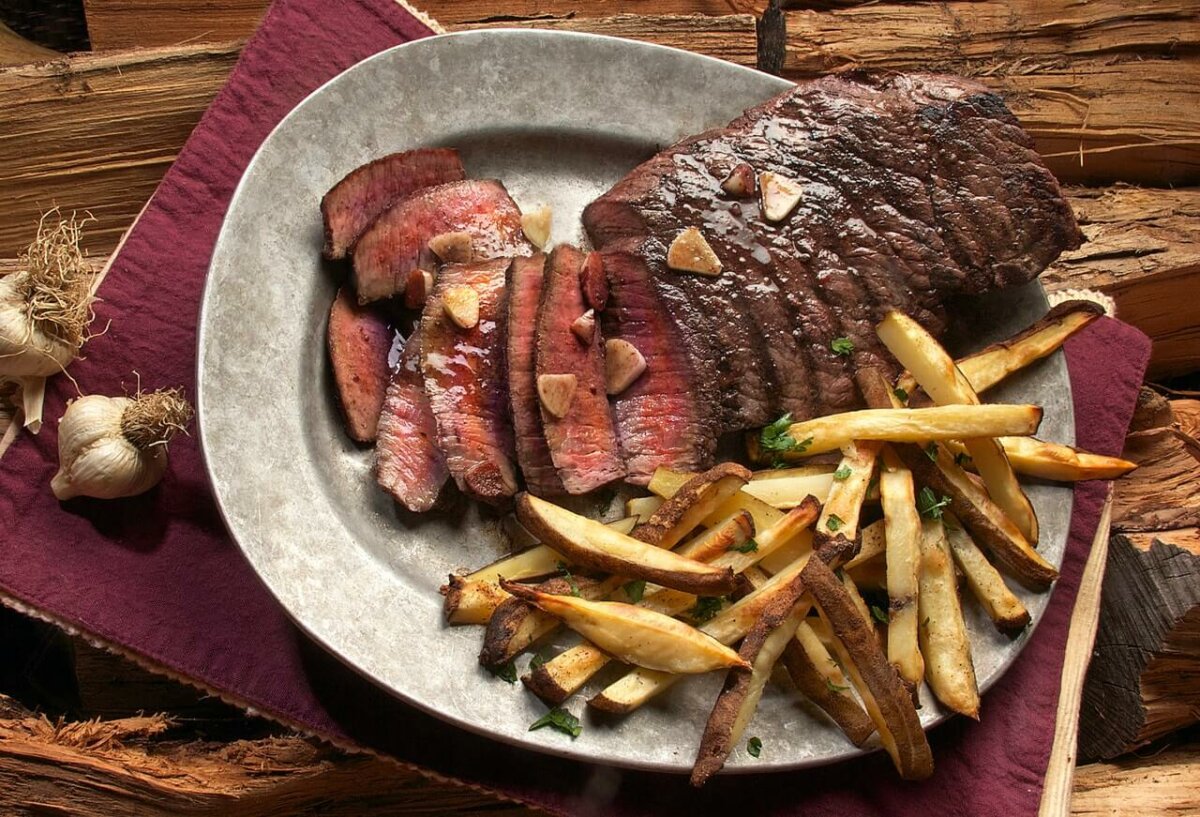Cook Any Meat to Be Tender

November 2020
The pandemic probably has you cooking at home more often. And unless you’re a trained chef, you may find that the meat you’re cooking isn’t always as tender as you’d like. That challenge is easily solved by understanding which techniques to use with which cuts of meat. Follow these few simple rules and you’ll be the “Top Chef” of your apartment’s kitchen.
When buying meat, you can quickly become overwhelmed by the many different cuts and their names. To keep it simple, there are three major areas you should know. Whether you’re buying beef, pork, or lamb, those three areas are the same. The first is the shoulders and legs, or the front area of the animal. Next is the loin and ribs, which is the middle area. Last is the thighs and back legs, or haunches. Within each area, there are many smaller cuts of meat, but those don’t necessarily change how you cook meat from those three main areas.
Low and Slow
Legs, shoulders, and haunches tend to be tougher but more flavorful. For example, beef chuck, round roast, and pork shoulder. When cooking these cuts, think low temperature and slow cooking. That means braising, using a slow cooker, or making a stew. When you take it low and slow, the extra time allows the connective tissue of these cuts to break down and become tender.
High and Fast
Loin and ribs are more tender cuts of meat, but less flavorful. For example, ribeye, sirloin, and tenderloin. The best way to handle these cuts is to first sear the outside over high heat, then continue cooking just long enough to be safe to eat. The longer you cook these cuts, the more the proteins seize up and the meat turns tough.
Give it a Rest
No matter how you cook your meat, it important to let it rest before cutting. A good rule of thumb is five minutes for every inch of thickness. As meat cooks, the moisture gets pushed to the outer edges. Letting your meat rest allows the juices to redistribute and not be lost when cutting.
Go Against the Grain
When you look at any cut of meat, you’ll notice it has long muscle fibers running through it. This is the grain. If you slice meat across the grain, it will be more tender because your teeth won’t have to tear through those fibers. If you slice parallel to the grain it will be tougher because you’ll have to chew through those muscle fibers.
